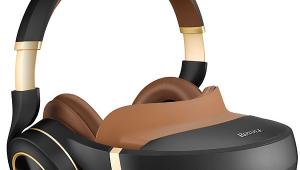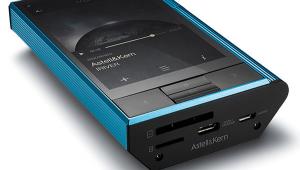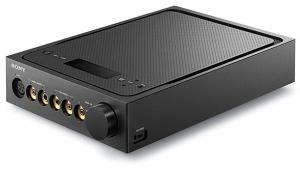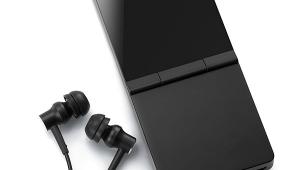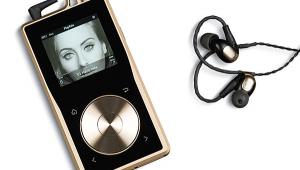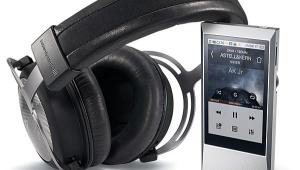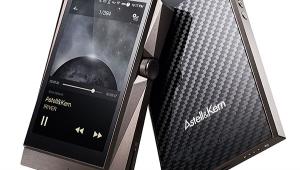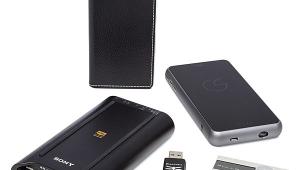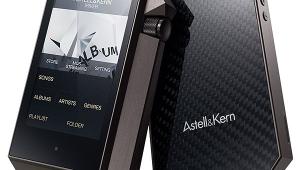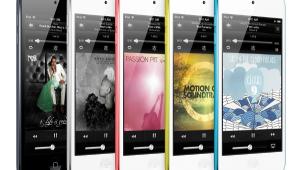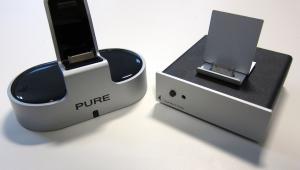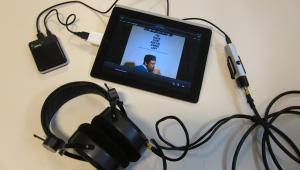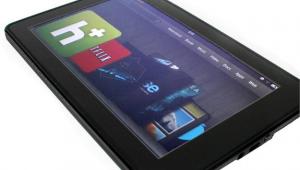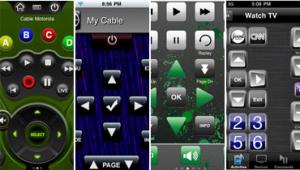Picking the Perfect Tablet Page 3
Samsung Galaxy Tab 10.1
Looking at the specs, the Galaxy Tab 10.1 from Samsung is the most non-iPad iPad you can get (The ongoing Samsung vs. Apple legal wrangling makes a lot more sense once you see a Galaxy Tab in person). It's the same thickness, but weighs very slightly less. That, combined with its slightly smaller dimensions, makes the Tab feel like it's a floating screen in your hand. Though high tech, this lightness and size makes it feel more fragile, like you could twist it into pieces.
The screen, boasted as "10.1" to Apple's 9.7, has a 16x10 aspect ratio rather than Apple's 4x3. So even though there are more pixels, the screen itself seems smaller (it's wider but shorter). The Tab sports dual speakers to the Apple's single, and has 40% fewer physical buttons (3). There is a feeling of "whatever you can do I can do better" to the spec sheet, one-upping Apple wherever appropriate. I imagine a heated meeting in Seoul about putting in three cameras just because the iPad has two. The proprietary interface cable even looks like Apple's, and succeeds in being equally annoying.
Running the Android 3.1 "Honeycomb" operating system, the interface is fairly slick and slidey, not too different from Apple's iOS. A dedicated on-screen button for Google search is a time saver, and the info/nav bar along the bottom is arguably better than Apple's version along the top. Oddly, the modified versions of Android used by Vizio and Amazon will likely be a little easier to use for the average user. They have less clutter, at the expense of customizability.
Like Android-based phones, if you use Google products like Gmail and Calendar, the Tab will integrate with your life-in-the-Cloud perfectly.
Test Bench
The Galaxy Tab 10.1's screen is, not surprisingly, 10.1-inches diagonal. It has a resolution of 1,280x800. Like the iPad2 and Fire, the Samsung has an IPS LCD screen, though specifically Samsung's Super PLS version. As such, there is very little noticeable image degradation off axis. Interestingly, the Tab has multiple picture modes: Dynamic, Standard, and Movie.
With the backlight set to max in the Dynamic mode, the Tab outputs 139.3 foot-lamberts with a full white image, and 0.160 ftL with a full black image. With the backlight set to minimum, those numbers are 0.876 and 0.001. This is an average contrast ratio of 873:1. The color temperature averaged 7,908 kelvin in this mode between the different backlight settings. The Standard mode measured roughly the same, with a slightly higher contrast ratio of 890:1 due to a slightly lower black level of 0.155 with the backlight set to max.
In the Movie mode, the Tab was cool with dark and bright images, but warm with mid-tones. So even though the color temperature averaged 6,461 kelvin, it was less consistent (average deviation of 173) than the iPad 2. The maximum light output was "only" 127.2 in this mode, with a black level of 0.164. This decreased to 0.809 with white and 0.001 with black when the backlight is set to minimum. This resulted in an average contrast ratio of 792:1.
The "Auto adjust screen power" setting mode adjusts the backlight level depending on what's on screen, similar to the dynamic backlight modes of many LCD HDTVs. With this active, and the backlight set to maximum, the Tab produced 105.9 ftL with a white image, and 0.094 with a black image, for a dynamic contrast ratio of 1,127:1. This is different from the "automatic brightness" this and most tablets have, which varies the backlight depending on the ambient light.
The Galaxy Tab 10.1 is 0.34 inches thick and weighs 1.25 lbs.
